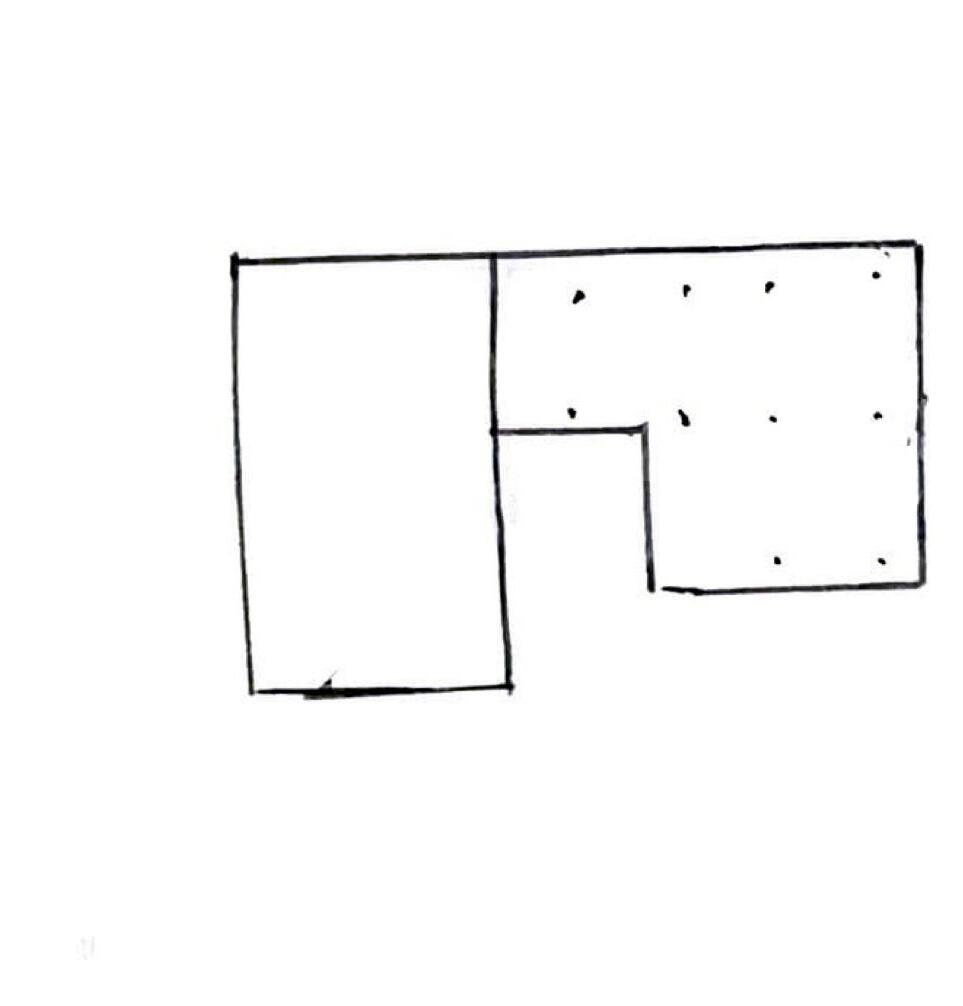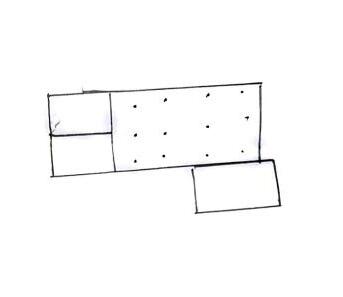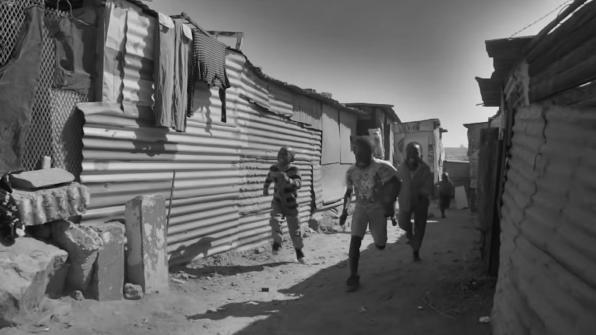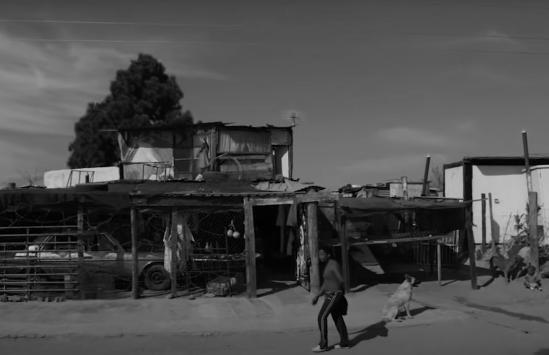
1 minute read
INTENSITY AND DIFFERENTIATION

There is no discernible pattern as to how the slums are distributed through the settlement, except to note their configuration is randomly and evenly spread. The density of the urban fabric and the close proximity of retail and commercial spaces to each other generate immense competition. Economic survival depends on often-minute variations in use and product offerings. For example, shebeens can also support an ecosystem of interdependent micro-enterprises, including recycling and fast food. Each shebeen caters to a unique clientele and thus renders its services to that segment of the market. Accordingly, the research sought to identify the nuances that fuel differentiation. An audit of each retail and commercial space revealed that satellite TVs, pool tables, juke boxes, types of alcohol, the style and quantity of seating, the size of the establishment and the proprietor’s personality all influence the type and role of the space.
Advertisement
Drinkatainment Neighbourhood
mixed patrons, accessible to different users throughout the day, operator an active community facilitator, a public space, entertainment, young patrons, entertainment, loud music, ellite TV, jukebox, beer and heavy drinking
The different slums in the gusheshe video neighbourhood(Diepsloot) can function as a laboratory for examining spatial questions. our market driven cities are increasingly segregated, filled with mono-functional, independent and self-serving spaces such as shopping centers, office buildings and housing estates. In response to the immediate needs and wishes of residents in informal settlements, the slums have evolved to cater to changing socio-economic circumstances. A study on the different slums in the area provides an opportunity for critical reflection and aggressive borrowing with a view to devising alternative ways to imagine our cities. The slums originated in the townships of apartheid South Africa, where black residents were forced to live at some remove from urban and economic centers. Concentrated in residential ghettos, people were often obliged to generate a livelihood nearby. Places such as Shebeens offered an easy and accessible point of entry into the entrepreneurial economy. Black residents were also forbidden from socializing in designated white areas and shebeens thus served as important social and political sites. Located in dense and highly distressed settlements, shebeens are often associated with drunkenness, violence and deviance. It is this unsavory characterization that informs the existing legal framework, particularly in the Western Cape where Sweet Home Farm is located and the sale of alcohol at shebeens is illegal.









